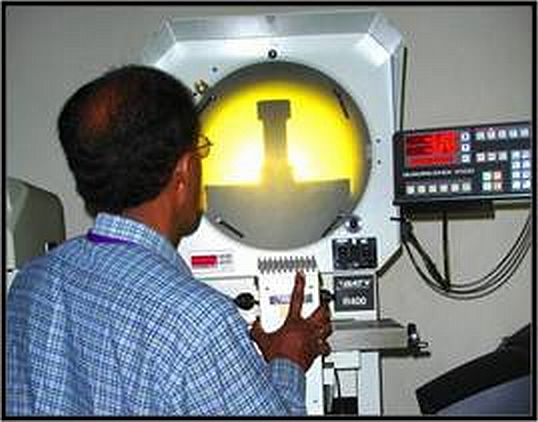Patriot
Senior Member
- Joined
- Apr 11, 2010
- Messages
- 1,761
- Likes
- 544
BEL Developing Advanced, Software Driven Communication Radios for Indian Armed Forces
The Bharat Electronics Limited is developing a light-weight, cost-effective software-driven communication radio that can operate on any frequency band. The software-defined radio, as this device is called, can operate on Very High Frequency, Ultra High Frequency, High Frequency and L-band, which otherwise need different radios.
The radio can also work with any legacy radio. "It (software-defined radio) will change the way communication is managed in a battlefield situation", said I V Sarma, Director (R&D) of the defence electronics company under the Ministry of Defence.
In these radios, hardware blocks would be replaced by software ones. So, a software will do the job of a hardware Circuit Board. "A software today can generate a waveform which is equivalent to a modulated signal," Sarma said, adding, "Every hardware element in the radio is getting replaced by a piece of software".
"Entire radio can be designed using quite a lot of software", he said, adding, there will only be hardware to run the software and to amplify power.
BEL, which has supplied close to two lakh radios (earlier versions) to the Defence Forces till date, expects to demonstrate the Army-version of the software-defined radio in March and come out with the ones for Air Force and Navy within a year from then.
http://www.india-defence.com/reports-4814
The Bharat Electronics Limited is developing a light-weight, cost-effective software-driven communication radio that can operate on any frequency band. The software-defined radio, as this device is called, can operate on Very High Frequency, Ultra High Frequency, High Frequency and L-band, which otherwise need different radios.
The radio can also work with any legacy radio. "It (software-defined radio) will change the way communication is managed in a battlefield situation", said I V Sarma, Director (R&D) of the defence electronics company under the Ministry of Defence.
In these radios, hardware blocks would be replaced by software ones. So, a software will do the job of a hardware Circuit Board. "A software today can generate a waveform which is equivalent to a modulated signal," Sarma said, adding, "Every hardware element in the radio is getting replaced by a piece of software".
"Entire radio can be designed using quite a lot of software", he said, adding, there will only be hardware to run the software and to amplify power.
BEL, which has supplied close to two lakh radios (earlier versions) to the Defence Forces till date, expects to demonstrate the Army-version of the software-defined radio in March and come out with the ones for Air Force and Navy within a year from then.
http://www.india-defence.com/reports-4814





